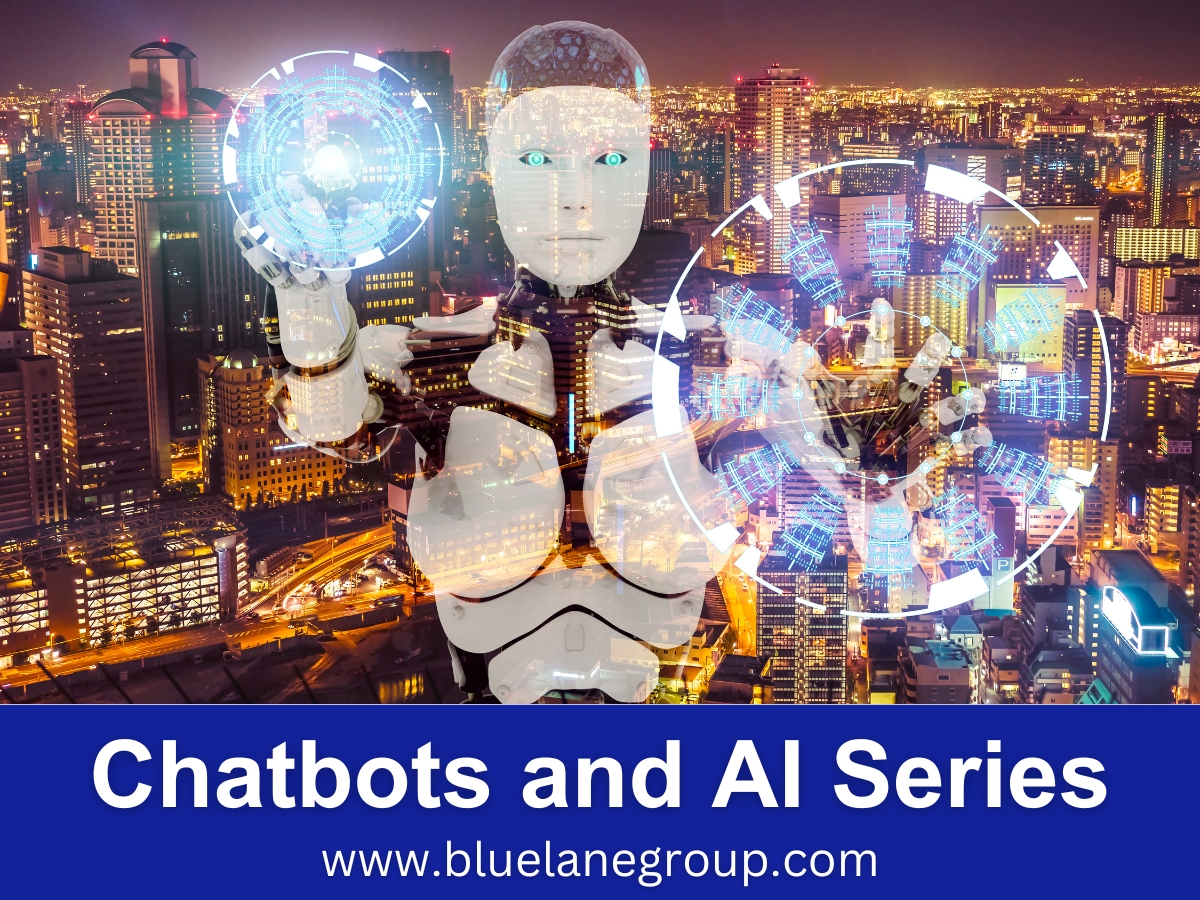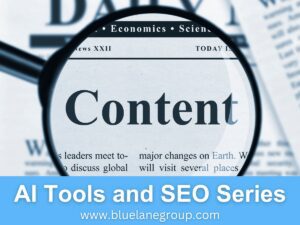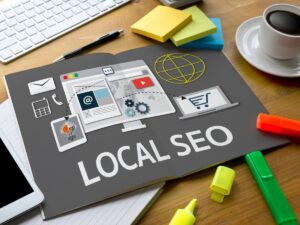In this guide, we’ll highlight the significant advantages and processes behind building chatbots powered by AI. Embracing chatbot technology’s fusion with artificial intelligence transforms digital communication, enhances user engagement, and sets new standards in customer experience.
Quick Glance – For the Forward-Thinking Reader:
- AI-powered chatbots represent the zenith of digital interaction, melding sophisticated technology with intuitive design. These chatbots harness the prowess of AI to discern user intent, adapt in real-time, and deliver tailor-made responses, fostering a seamless and personalized user journey.
- Beyond static, pre-programmed interactions, chatbots enriched by AI possess the dynamic capability to learn, evolve, and fine-tune their conversations. This constant evolution ensures unparalleled precision, making every interaction feel genuine and relevant.
Incorporating AI in chatbot development is reshaping the digital landscape. The blend of chatbot architecture with AI capabilities offers real-time solutions, deep user insights, and a fluid conversational flow. As businesses prioritize intuitive interfaces and personalized experiences, AI-powered chatbots emerge as an indispensable tool, marking the next giant leap in digital communication.
Welcome to the twenty-third Blue Lane Group article in the Best Chatbots for Customer Service: Blueprint for Success in 2023 series. These posts examine the essential chatbot topics of customer service automation, exploring how chatbots revolutionize interactions, enhance user satisfaction, and redefine the benchmarks for excellence in modern customer-centric businesses.
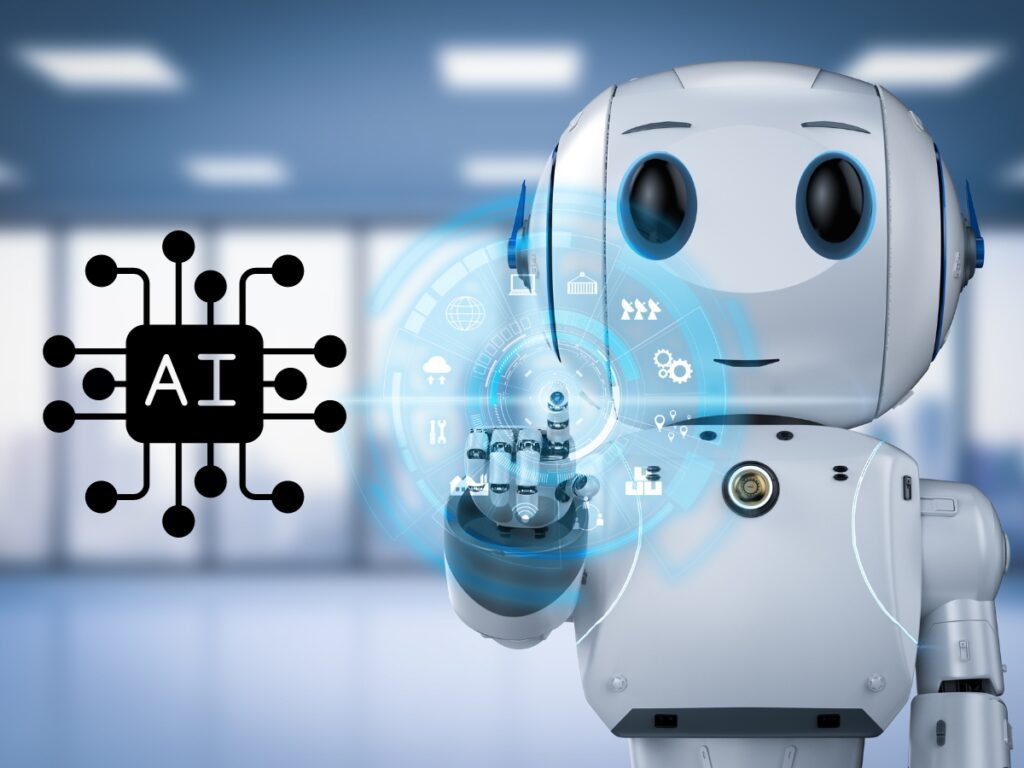
Disclosure: The digital products mentioned in this article are highly regarded in the marketplace and are endorsed by the Blue Lane Group staff. We may earn a commission at no additional cost if you purchase through the provided links.
Table of Contents
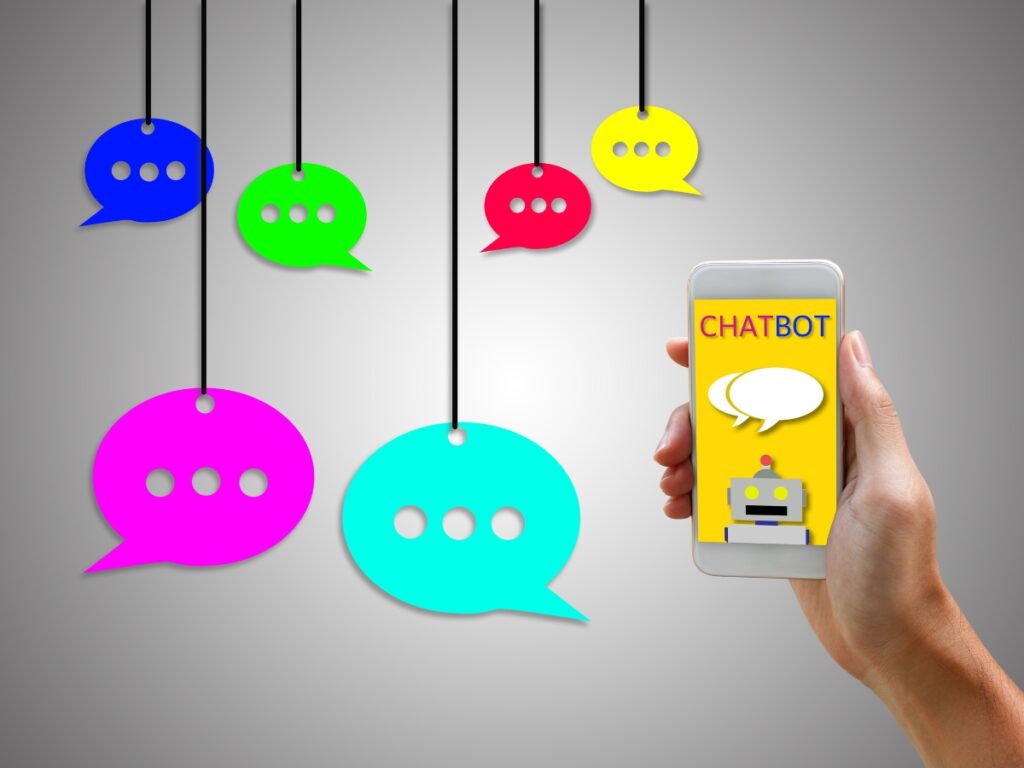
Introduction to Building AI-Powered Chatbots for Enhanced User Engagement
In the digital realm, building chatbots powered by AI has taken center stage in optimizing user engagement. As businesses strive to meet the ever-growing expectations of their audience, integrating AI into chatbots has become paramount.
Platforms like MobileMonkey and Dialogflow are a testament to this evolution, offering sophisticated tools for brands aiming to revolutionize their user interactions.
With the seamless integration of artificial intelligence, chatbots can anticipate user needs, provide personalized responses, and foster meaningful conversations, making them invaluable assets in the modern digital landscape.
The Significance of AI in Modern Chatbot Development
The infusion of AI into chatbot development has been nothing short of transformative. Gone are the days when chatbots were merely rule-based entities offering linear responses. Today, thanks to platforms like Wit.ai and Rasa, AI-driven chatbots can learn from user interactions, adapt in real time, and offer more intuitive solutions.
As businesses recognize the immense potential of AI in enhancing chatbot functionalities, there’s a pronounced shift towards investing in advanced AI solutions to drive user engagement and satisfaction.

Understanding the Chatbot Phenomenon: Basics & Essentials
Chatbots, especially those built with AI, are no longer just supplementary tools; they’ve become essential components in the digital communication toolkit. Platforms such as Botsify and Chatfuel have democratized the process of building AI-powered chatbots, enabling businesses, big and small, to engage users efficiently.
As these AI-driven bots become increasingly prevalent, understanding their foundational elements, from natural language processing to machine learning algorithms, is crucial for any business aiming to stay competitive.
How AI Is Transforming the Chatbot Landscape for Businesses
The impact of AI on the chatbot landscape is evident in the enhanced capabilities and user experiences these bots now offer. IBM Watson Assistant and Pandorabots showcase the pinnacle of what’s possible when AI is fully harnessed in chatbot development.
With AI at its core, these chatbots can process vast amounts of data, understand context, and generate responses that resonate with users. As more businesses adopt building chatbots powered by AI, there’s a clear trajectory toward more intuitive, insightful, and impactful user engagements.
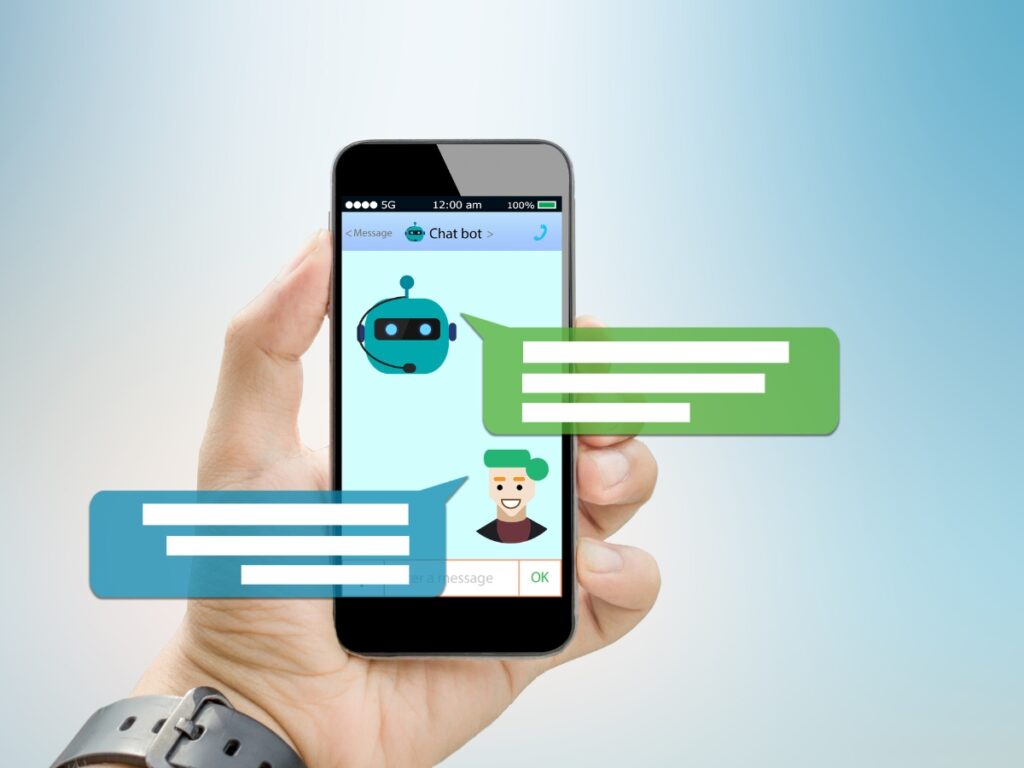
Essential Components for Building Chatbots Powered by AI
Various crucial components underpin the journey of building chatbots powered by AI. Understanding these foundational elements is the first step for businesses aiming to harness the power of AI in their chatbot solutions.
Platforms like Botpress and Landbot.io serve as exemplars in the industry, incorporating these components to ensure optimized user engagement. These essential components include advanced natural language processing capabilities, robust knowledge bases, machine learning algorithms, and feedback loops for continuous learning.
All these facets come together to ensure that when building chatbots powered by AI, they are primed for delivering enhanced and personalized user experiences.
Key Architectural Ingredients of AI-Driven Chatbots
The architectural makeup of AI-driven chatbots is intricate, blending various technological facets to foster dynamic user interactions. Systems like Flow XO and Microsoft Bot Framework intricately weave these ingredients to create chatbots that respond, understand, and anticipate.
Deep learning models are at the heart of these chatbots that process user inputs, followed by natural language processing units that decipher user intent. Add to this the decision-making algorithms that drive chatbot responses, and it becomes evident why building chatbots powered by AI is an art and science combined.
Leveraging Natural Language Processing (NLP) for Smarter Interactions
Natural Language Processing, or NLP, stands as a cornerstone when building chatbots powered by AI. It allows chatbots, like those developed using Dialogflow or Rasa, to comprehend, interpret, and respond to user queries conversationally.
Through NLP, chatbots can dissect complex sentences, identify key intents, and even understand nuances or emotions in user inputs. As businesses continue to realize the profound impact of NLP in enhancing chatbot interactions, its integration has become non-negotiable for those aiming for brilliant and engaging bot experiences.
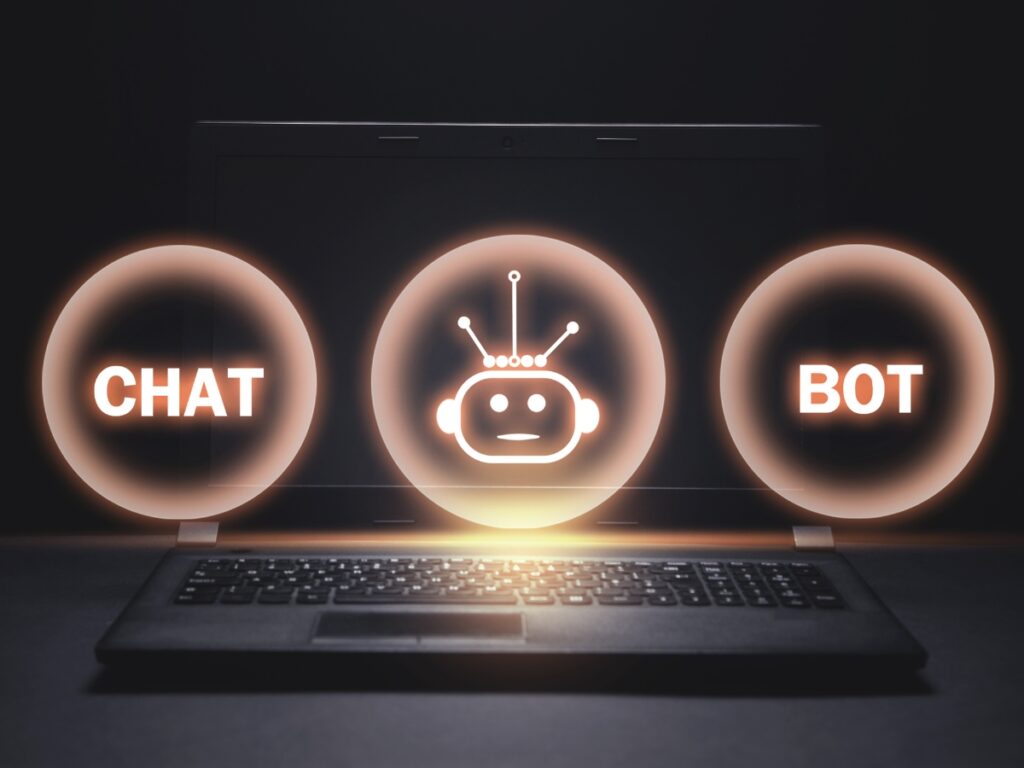
Using Knowledge Bases for Informative Chatbot Responses
A chatbot’s ability to provide informative and relevant responses hinges on its underlying knowledge base. Platforms such as Pandorabots and Wit.ai leverage extensive and well-structured knowledge bases to ensure their chatbots are always equipped with the correct information.
When building chatbots powered by AI, integrating a dynamic knowledge base that can be updated and expanded becomes essential. This ensures that as user queries evolve or new information becomes available, the chatbot remains a reliable and up-to-date source of information, thereby driving user trust and engagement.
Dialogue Management: Ensuring Fluid AI-Powered Conversations
Dialogue management is a critical aspect when building chatbots powered by AI. It’s the mechanism that determines how chatbots maintain the context and flow of a conversation, just as humans do.
Tools like MobileMonkey and Chatfuel incorporate sophisticated dialogue management systems, ensuring conversations are coherent and contextually relevant. Without efficient dialogue management, even the most advanced AI-powered chatbot can fail to deliver a seamless user experience.
This component is especially crucial as it dictates how chatbots transition between different topics, remember past interactions, and ensure the conversation remains natural and engaging.
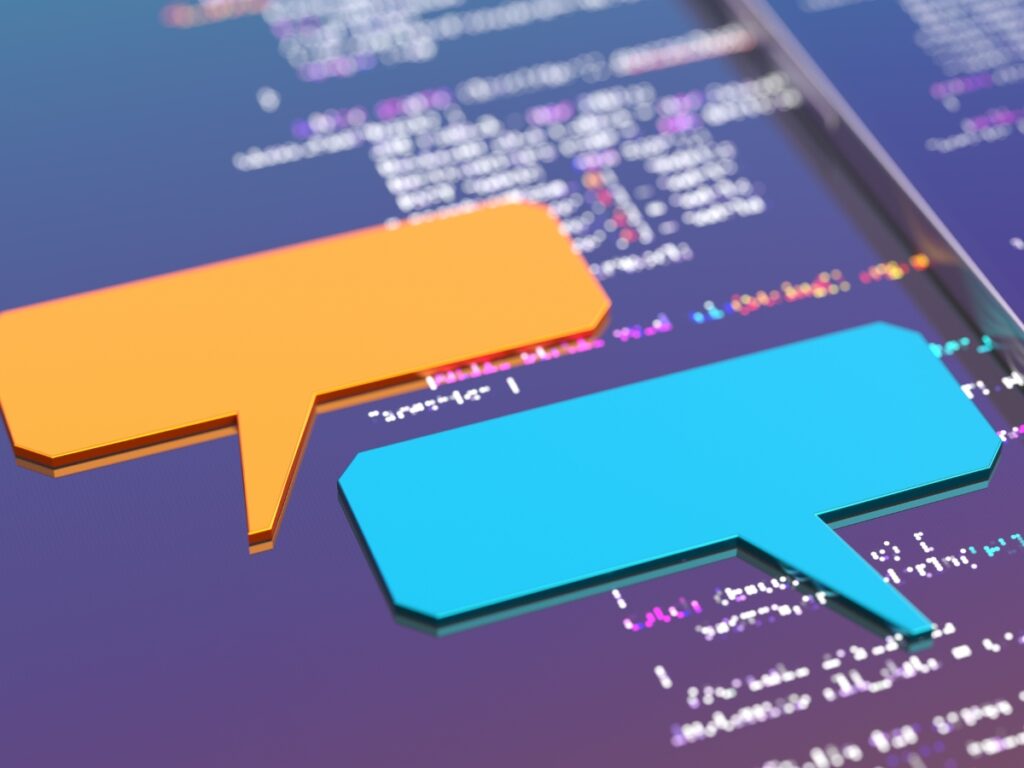
Embracing Machine Learning: Teaching Chatbots to Learn and Adapt
One of the marvels of building chatbots powered by AI is their ability to learn and evolve. This adaptability stems from embracing machine learning. Platforms like Octane AI and Imperson use machine learning algorithms, allowing their chatbots to analyze vast amounts of data, recognize patterns, and refine their responses over time.
These chatbots can enhance accuracy and efficiency by constantly learning from user interactions. The goal is to have chatbots that respond to user queries, anticipate needs, and offer solutions even before users realize they need them.
The Importance of Analytics in Gauging Chatbot Performance
For businesses, merely deploying AI-powered chatbots isn’t enough. It’s crucial to measure their performance and understand areas of improvement. This is where analytics steps in.
By using analytics tools integrated within systems like Chatfuel and ManyChat, businesses can gain insights into user interactions, response times, and user satisfaction levels. These insights are invaluable when refining chatbot strategies, ensuring the chatbot remains aligned with business objectives and user needs.
In the evolving landscape of building chatbots powered by AI, analytics provides the clarity and direction needed to ensure continued success and user engagement.
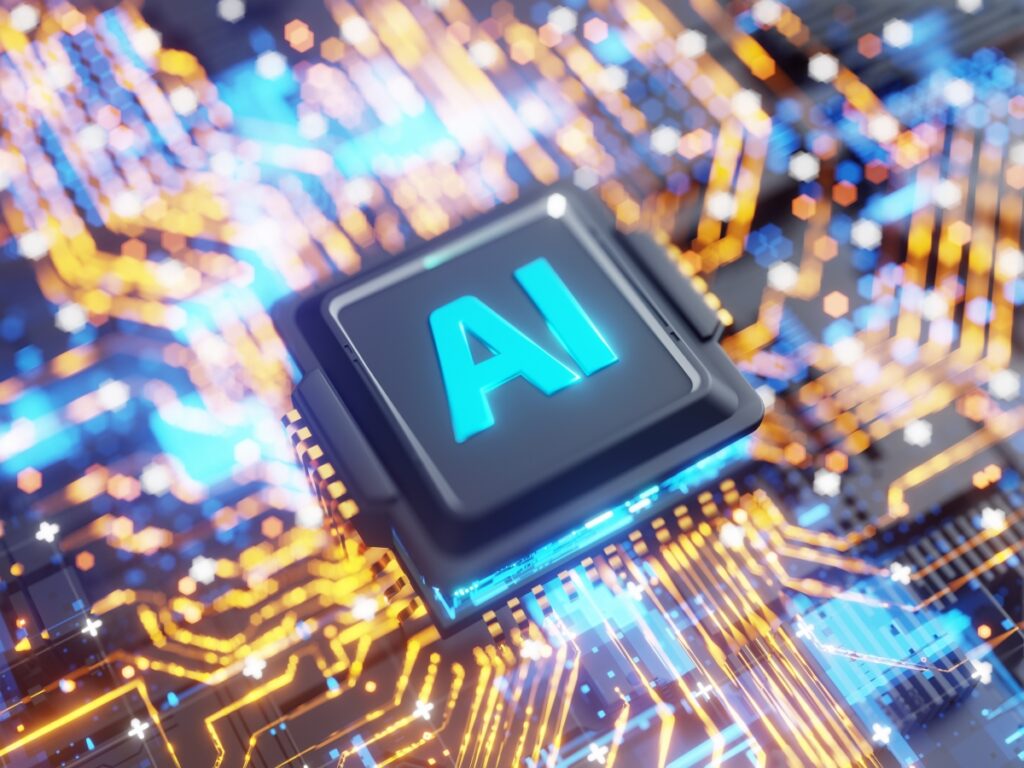
5 Proven Techniques to Amplify Success with AI Chatbots
AI-powered chatbots have transformed the way businesses engage with their audience. By incorporating advanced AI techniques, chatbots can offer more personalized, efficient, and engaging interactions.
Here are five proven strategies that can significantly amplify the success of these AI chatbots.
- Using Contextual Awareness for Enhanced User Conversations Contextual awareness allows chatbots to understand the broader context of a user’s query or statement. By leveraging platforms like Landbot.io and Imperson, chatbots can remember previous interactions and provide responses based on accumulated knowledge, making conversations more relevant and fluid.
- Implementing Continuous Learning for Evolving Chatbot Responses Continuous learning is how chatbots refine their responses based on past interactions. Tools like Rasa and Wit.ai offer frameworks that empower chatbots to learn from user feedback, ensuring that, over time, they become even more accurate and helpful in their interactions.
- Personalizing User Interactions with Advanced User Profiling Every user is unique, and so should their chatbot experience. Platforms such as MobileMonkey and Botsify enable chatbots to create user profiles, tailoring interactions based on individual preferences, browsing history, and more, ensuring a highly personalized user experience.
- Seamless Multi-platform Integration for Wider Reach Today’s users are scattered across various platforms. Integrating chatbots across multiple platforms like Facebook, Twitter, and WhatsApp ensures a broader reach. Solutions like Gupshup and Botpress enable deploying chatbots seamlessly across different platforms, enhancing user engagement.
- Enhancing Feedback Loop for Consistent Improvements Regular feedback is crucial for refining chatbot interactions. By utilizing platforms like Chatfuel and Flow XO, businesses can gather user feedback, allowing them to continuously improve the chatbot and consistently meet user needs and expectations.
Using Contextual Awareness for Enhanced User Conversations
Contextual awareness is a significant advancement in building AI-powered chatbots, allowing them to offer more personalized and relevant interactions. Chatbots can provide more accurate and timely responses by understanding the broader context of user queries and past interactions.
Platforms like Landbot.io and Imperson excel in this realm, providing tools that enable chatbots to remember past dialogues and adjust responses accordingly. This ensures that users don’t have to repeat themselves and promotes trust as users feel the chatbot “understands” them.
Additionally, as businesses scale, maintaining personalized interactions becomes challenging. Here, the contextual capabilities of AI-driven chatbots prove invaluable, ensuring every user feels acknowledged and valued.

Implementing Continuous Learning for Evolving Chatbot Responses
Continuous learning is at the core of building chatbots powered by AI. As chatbots interact with users, they can learn from these interactions to refine and improve their responses. Solutions like Rasa and Wit.ai have paved the way in this direction, enabling chatbots to evolve based on user feedback.
This dynamic learning ensures that, over time, chatbots can address a broader range of queries and reduce the chances of miscommunication. Furthermore, as AI models get updated with new data, chatbots can stay updated with industry trends, user preferences, and more, making them a continually evolving asset for businesses.
Personalizing User Interactions with Advanced User Profiling
Personalization is a critical element in today’s digital interactions. This means understanding each user’s unique preferences, behaviors and needs for chatbots. Platforms such as MobileMonkey and Botsify specialize in this, enabling chatbots to create detailed user profiles.
By doing so, chatbots can tailor interactions, offer personalized product recommendations, or even greet users by name. This level of personalization not only enhances user satisfaction but also drives engagement, leading to better conversion rates and fostering brand loyalty.
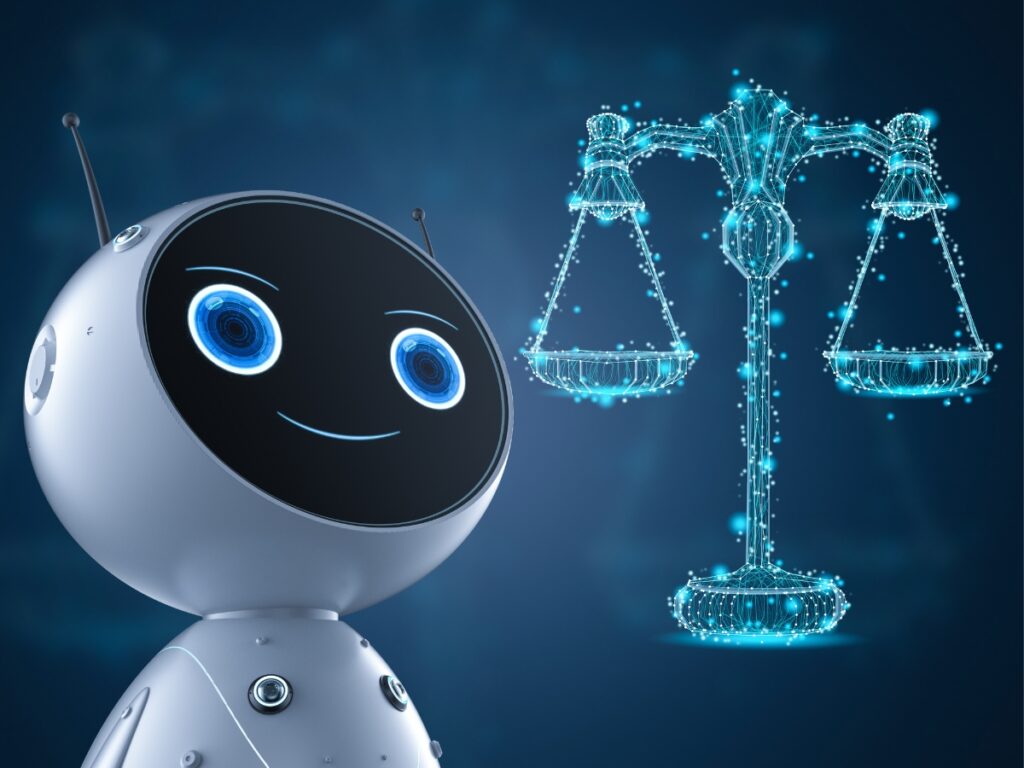
Seamless Multi-platform Integration for Wider Reach
In today’s diverse digital landscape, users interact with brands across multiple platforms. Businesses must be everywhere: Facebook, Twitter, or WhatsApp.
This is where multi-platform integration comes into play. With tools like Gupshup and Botpress, chatbots can be deployed seamlessly across different platforms, ensuring consistent user experiences. Such integration also ensures that users receive timely responses, regardless of their platform.
Moreover, by being present on multiple platforms, businesses can effectively reach a wider audience, maximizing their engagement potential and driving overall growth.
Enhancing Feedback Loop for Consistent Improvements
In building chatbots powered by AI, feedback is a goldmine. Continuous feedback from users allows chatbots to identify areas of improvement, adapt to user needs, and refine their algorithms. Platforms like Dialogflow and Flow XO have integrated feedback mechanisms, ensuring that user inputs are systematically analyzed.
Developers can make necessary tweaks by understanding where a chatbot may have faltered. This iterative process ensures that chatbots are not static but evolve based on real-world interactions, leading to progressively better user experiences and more effective communication over time.

Success Stories: Real-world Uses of AI-Powered Chatbots
The global business landscape is rife with success stories of AI-powered chatbots making notable differences. These chatbots, driven by sophisticated algorithms and machine learning, have transformed customer interactions, streamlined processes, and boosted business profits.
Landbot.io, for instance, helped several brands enhance their customer service by creating intuitive chatbots, resulting in increased user engagement.
On the other hand, platforms like Imperson have managed to provide personalized customer experiences on a large scale, showing the power of AI in understanding and catering to individual user preferences.
Aivo’s Triumph: Enhancing Customer Support with AI-Powered Solutions
Aivo stands out as a frontrunner in the AI chatbot space. Their AgentBot has been a game-changer for many businesses, driving enhanced customer support and engagement on platforms like Facebook Messenger.
With its ability to provide personalized interactions, understand user intent, and deliver timely responses, Aivo’s solutions have significantly reduced customer wait times and improved satisfaction scores. Such triumphs underscore the potential of AI-powered solutions in revolutionizing customer support.
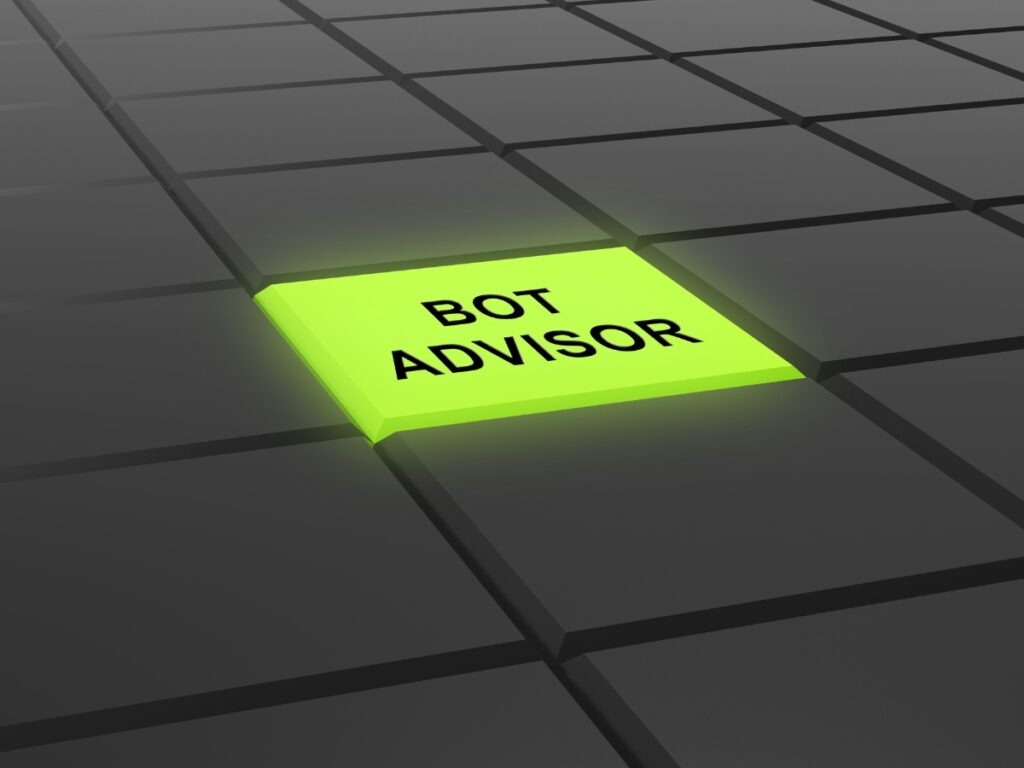
Botsify’s Milestone: Tailoring Chatbots for Effective Messenger Engagement
Botsify has carved a niche by focusing on Facebook Messenger, one of the most widely used messaging platforms globally. Their platform allows businesses to design AI-powered chatbots tailored for Messenger, driving user engagement and ensuring seamless interactions.
Through intuitive design tools and advanced AI capabilities, Botsify has enabled brands to engage with their audience effectively, answer real-time queries, and drive conversions. Their success in tailoring chatbots for Messenger is a testament to the importance of platform-specific solutions in maximizing user engagement.
Chatfuel’s Win: Achieving Sales Peaks with AI-Integrated Chatbots
Chatfuel has emerged as a leading figure in the chatbot industry, particularly for businesses targeting platforms like Facebook and Telegram. With a user-friendly interface that doesn’t require coding, Chatfuel empowers businesses to build chatbots that drive sales and enhance engagement.
These AI-powered chatbots have been instrumental in automating customer interactions, personalizing user journeys, and leading to notable spikes in sales. Businesses leveraging Chatfuel’s solutions have reported increased conversion rates, with the AI’s ability to understand and cater to user intent being a significant factor in this success.
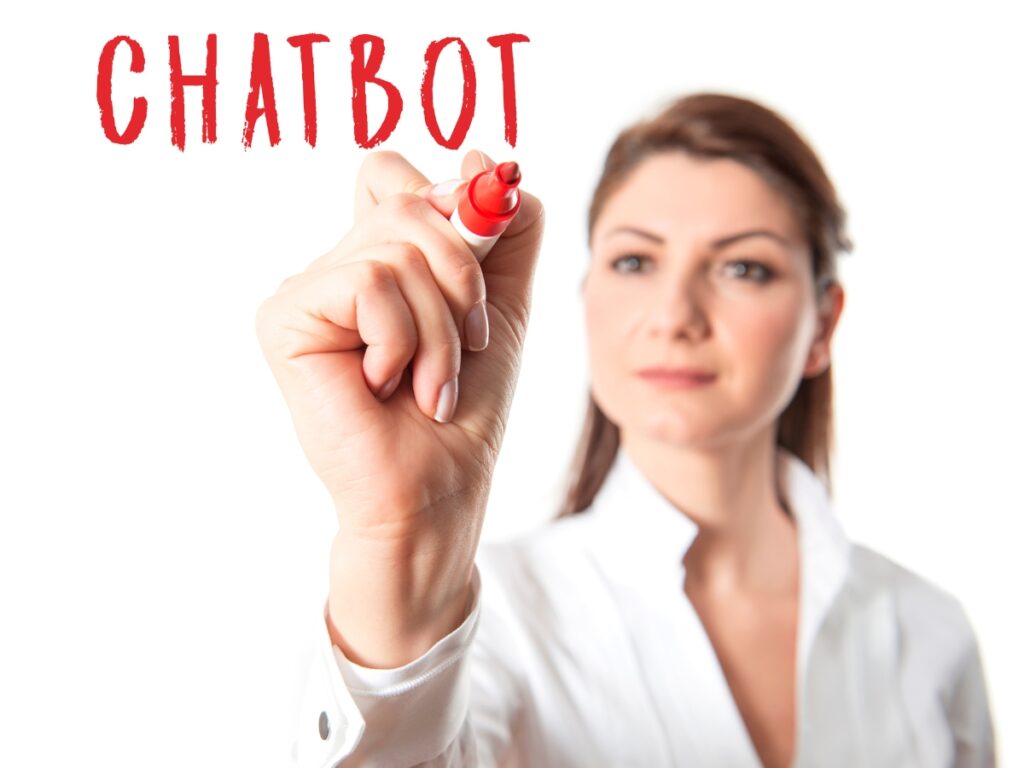
Challenges and Resolutions in AI Chatbot Implementation
While immensely beneficial, building chatbots powered by AI comes with its challenges. Some of these challenges include managing user expectations, ensuring real-time responsiveness, and navigating the complexities of natural language.
However, platforms like Microsoft Bot Framework and Wit.ai provide robust solutions that help address these concerns. Additionally, continuous learning and adaptation can mitigate many of these challenges. Businesses must know potential pitfalls and equip themselves with the tools and knowledge to navigate them efficiently.
Overcoming Common Limitations in AI-Powered Chatbots
One of the typical limitations of AI-powered chatbots is their potential inability to understand nuanced human emotions or sarcasm. While they’re designed to mimic human interactions, there are instances where they might misinterpret user intent.
Pandorabots and Rasa have made strides in this area, employing sophisticated algorithms that better understand user contexts. Regular updates, feedback loops, and integrating human oversight can also help ensure that chatbots respond appropriately, even in complex conversational scenarios.
Best Practices for Streamlined Chatbot Deployment
When deploying AI-driven chatbots, businesses must adhere to some best practices to ensure optimal performance and user satisfaction. First and foremost, understanding the target audience is crucial.
Platforms like MobileMonkey offer tools that allow for in-depth audience analysis. Secondly, continuous testing and optimization are essential.
Platforms like Botpress can help businesses quickly tweak and refine their chatbots based on real-world feedback. Moreover, ensuring the chatbot is integrated seamlessly across various platforms and devices will provide a wider reach and a more consistent user experience.
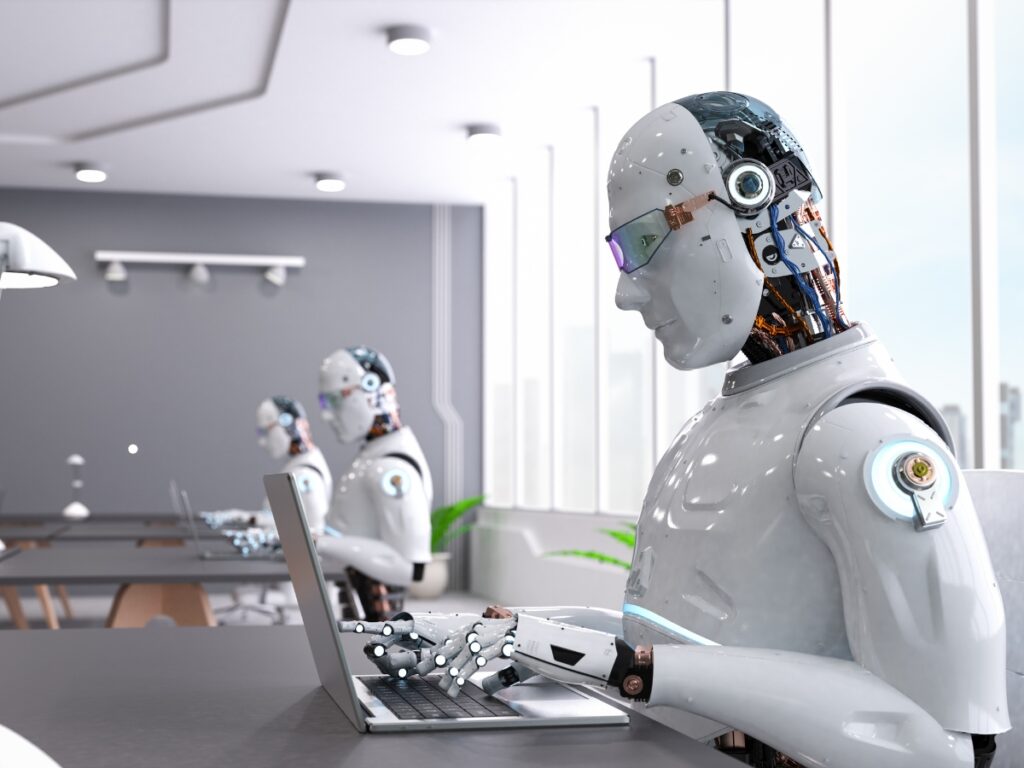
AI-Powered Chatbot Platforms to Consider
In the ever-evolving world of technology, introducing AI-driven chatbots has revolutionized how businesses engage with customers. As the demand for instant and personalized communication continues to rise, so does the need for platforms that can deliver such experiences.
Amidst a sea of options, specific platforms have distinguished themselves, not just with their innovative features but also with their effectiveness in real-world scenarios.
These standout platforms have been pivotal in bridging the gap between businesses and their customers, making interactions more human-like and personalized. With the infusion of AI, these chatbots can predict user needs, provide instant solutions, and learn from every interaction, ensuring continuous improvement.
The ease of use of these platforms also ensures that businesses, regardless of their technical expertise, can integrate these chatbots seamlessly into their existing systems.
Aivo: Personalized Customer Interactions Powered by AI
Aivo is at the forefront of AI chatbot solutions, particularly with its flagship product, AgentBot. Tailored for customer service, AgentBot employs AI to offer personalized interactions, ensuring customers feel valued and understood.
This platform stands out for its ability to integrate with Facebook Messenger, thus enhancing the customer support experience on social media. Businesses using Aivo have reported reduced response times and higher engagement rates, critical factors in today’s fast-paced digital environment.

Botpress: Flexibility and Tools in an Open-source Environment
Botpress offers an open-source chatbot platform, allowing businesses to customize their chatbot solutions. With vast tools and resources, companies can build AI-driven bots tailored to their requirements.
The open-source nature ensures that Botpress stays updated with the latest AI and chatbot sphere developments, allowing continuous improvements and integrations. Its versatility makes it a preferred choice for businesses with more control over their chatbot’s architecture and functionalities.
Botsify: Tailoring AI Chatbots for Facebook Messenger Engagement
With Facebook Messenger being a popular platform for customer interactions, Botsify offers tools specifically designed for this medium. This platform allows businesses to create AI-powered chatbots that enhance user engagement on Facebook Messenger.
Botsify chatbots are known to drive interaction, reduce response times, and increase overall user satisfaction. The platform’s user-friendly interface, combined with powerful AI capabilities, ensures that businesses, whether large or small, can harness the potential of chatbots in their social media strategies.
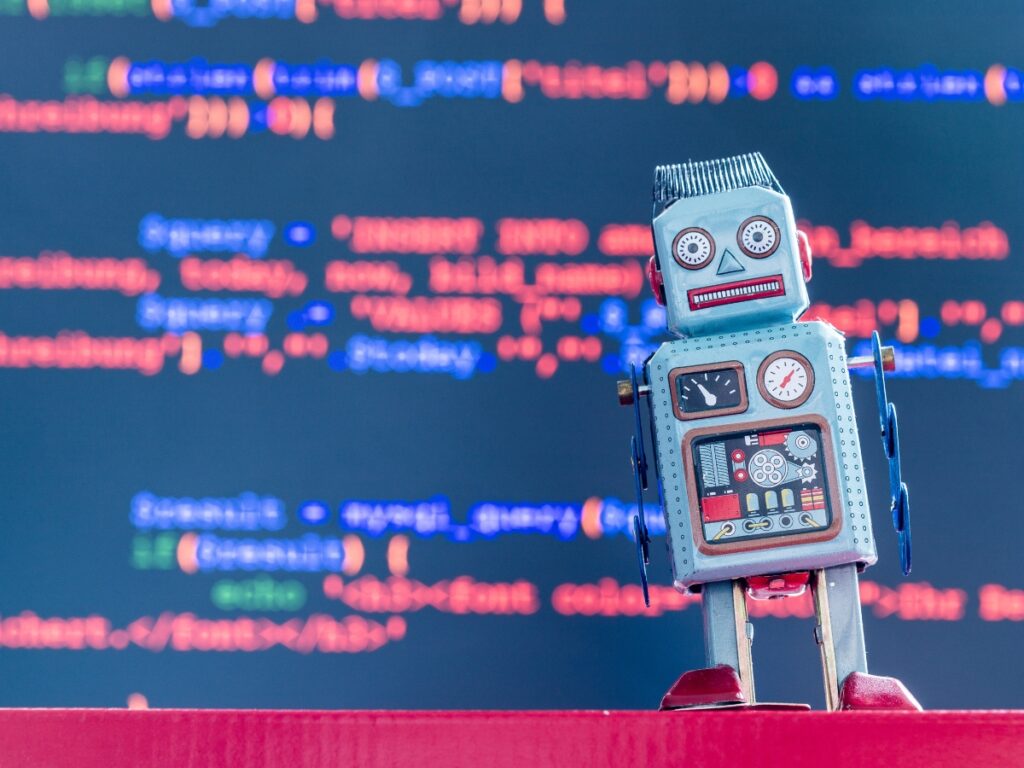
FAQs on Building Chatbots Powered by AI
As the integration of AI into chatbots becomes more prevalent, businesses and individuals alike have numerous questions about this evolving technology. Building chatbots powered by AI is a transformative approach that offers advanced user interaction and learning capabilities. To help shed light on this topic, we’ve gathered some of the most frequently asked questions:
- What exactly is an AI-powered chatbot? An AI-powered chatbot is a software application designed to simulate human conversation but is enhanced with artificial intelligence. This allows the chatbot to learn from interactions, make decisions based on data, and provide more personalized responses to users.
- How does AI enhance the functionality of traditional chatbots? While traditional chatbots follow pre-defined rules, AI-powered chatbots use machine learning and natural language processing to understand user intent, learn from interactions, and offer more contextually relevant and personalized responses.
- Is building chatbots powered by AI expensive? Initial costs might be higher due to the sophistication of the technology. However, they can be cost-effective in the long run by reducing manual labor, increasing customer satisfaction, and driving sales through personalized interactions.
- How secure are AI chatbots in terms of user data? Reputable AI chatbot platforms prioritize data security. However, choosing venues that adhere to global data protection regulations and employ robust encryption methods to ensure user data’s safety is essential.
- Do AI chatbots eliminate the need for human agents? No, AI chatbots are designed to complement human agents, not replace them. While they handle routine queries efficiently, complex issues or sensitive topics might still require human intervention.
- How do businesses measure the success of their AI chatbot? Success metrics can include user satisfaction scores, reduced response times, increased conversion rates, and the bot’s ability to handle complex queries without human intervention. Analytics provided by chatbot platforms can offer insights into these metrics.
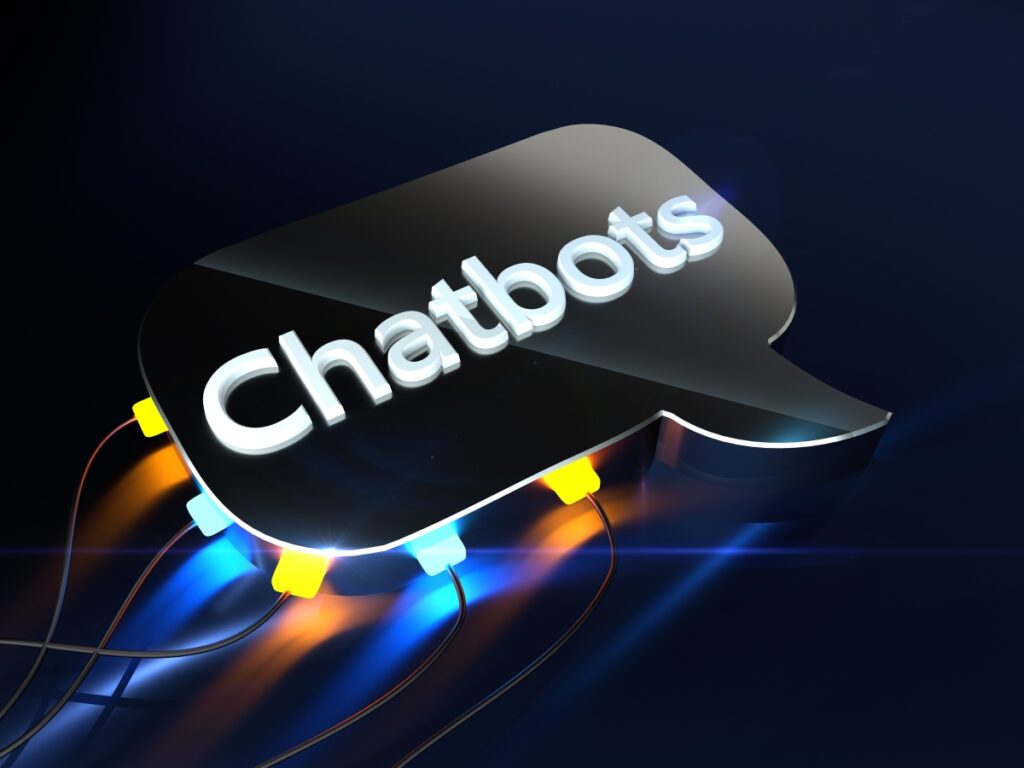
Conclusion: The Future of AI-Powered Chatbots and Their Role in Business
The evolution of AI-powered chatbots represents a significant paradigm shift in the digital interface between businesses and their customers. As these chatbots become intricately sophisticated, they are transforming the immediate landscape of customer service and reshaping the broader spheres of sales, marketing, and user engagement.
Their ability to offer personalized, instantaneous, and precise responses significantly enhances user experience. Furthermore, they act as a bridge, reducing the gap between businesses and customers and making interactions more meaningful and efficient.
Companies integrating AI-driven chatbots are strategically positioning themselves at the cutting edge of technology, gaining a competitive advantage in customer engagement and retention. This, in turn, lays a foundation for sustained business growth, increased loyalty, and potential market expansion.
As the technology that powers these chatbots—like Natural Language Processing and Machine Learning—continues advancing, we can expect even more prosperous and dynamic interactions. This indicates a promising trajectory where chatbots could seamlessly integrate into every facet of a business’s digital touchpoints.
In the grand tapestry of digital transformation, AI-powered chatbots are becoming the weavers, ensuring that businesses remain interconnected with their audiences in meaningful ways. As we look to the future, it’s evident that these chatbots will not only persist but will further embed themselves as indispensable tools in the ever-evolving world of business and technology.
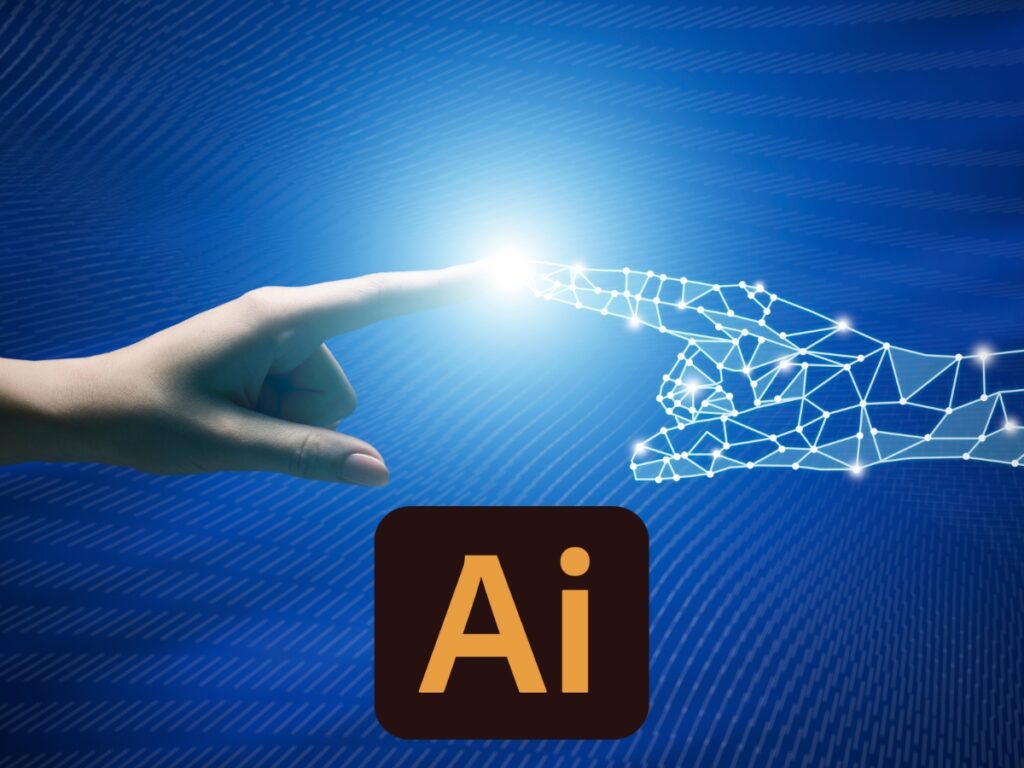
You Might Also Like
If you enjoyed this article and received value from it, check out the other Blue Lane Group articles in the Best Chatbots for Customer Service: Blueprint for Success in 2023 series:
- Chatbot ROI: Unlock Unmatched Profits with Top 5 Strategies for Optimization
- Omnichannel Chatbots: Unlock Consistent Engagement with 7 Best Practices
- Chatbot KPIs: 10 Essential Metrics to Drive Optimal Results
- Multilingual Chatbots: Break Language Barriers with 8 Leading Solutions
- Enterprise AI Chatbot Solutions: 7 Key Tools to Supercharge Your Business
- Mastering Chatbot Training: 7 Strategies for Optimal User Engagement
- Chatbot APIs: 6 Leading Options for Seamless Functionality
- Chatbot Scripts: 9 Proven Strategies to Boost Conversions and Engagement
- Rule-Based Chatbots: Drive Consistent Responses with Top 9 Benefits
- Chatbot Success Metrics: Unlock Optimal Performance with Top 10 Insights
- Chatbot Analytics: Drive Excellence with 10 Essential Tools
- Mastering Interactivity: Top 10 Chatbot Frameworks Explored
- Chatbots in Retail: 7 Winning Strategies for Elevated Customer Engagement
- Chatbots for Lead Generation: 6 Best Practices to Transform Your Funnel
- Chatbot Integrations: 6 Essentials for Enhanced Productivity and Operations
- Chatbot UX: Enhance Engagement with These 8 Vital Principles
- Chatbot Security: 7 Essentials to Safeguard Your Business
- Chatbot Development Services: 7 Must-Knows to Boost Your ROI
- Chatbots in Healthcare: 6 Leading Innovations Revolutionizing Patient Care
- NLP for Chatbots: Top 6 Techniques Transforming Chat Experiences
- Benefits of Chatbots in Customer Service: 7 Key Sales Boosters
- 7 Essential Social Media Chatbots for Unmatched Engagement
- Building Chatbots Powered by AI: 5 Proven Techniques for Epic Profits


